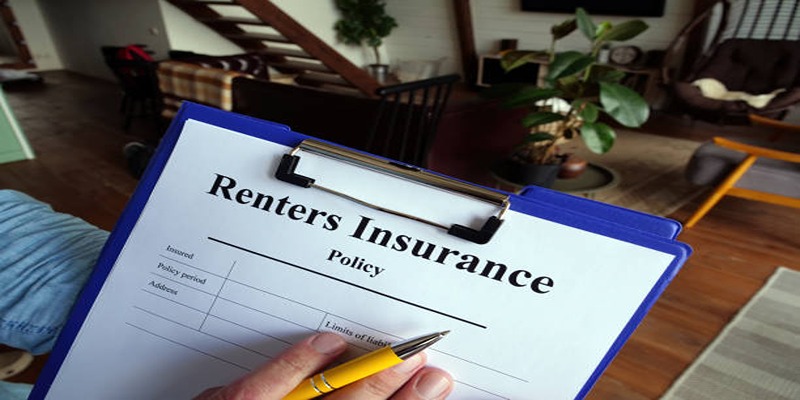Florida draws people with its sunshine, beaches, and relaxed pace, but living here isn’t always cheap. The cost of living in Florida shifts depending on location, lifestyle, and what you value most. Some towns offer budget-friendly options, while others, especially near the coast, are far less forgiving.
Your spending on housing, insurance, and daily expenses can vary greatly from the national average. Florida has its financial pros—like no state income tax—but other costs tend to creep up. Whether you're thinking of moving or just comparing, it helps to know what your dollar gets you here.
Housing is the Main Driver
Housing has the biggest impact on the cost of living in Florida. In cities like Miami, Naples, or Sarasota, prices run high. The median home price in Miami exceeds the national average, and a one-bedroom rental downtown can top $2,000 per month. Even in outer neighborhoods, rates often stay elevated.
By contrast, inland spots like Ocala, Lakeland, or Gainesville offer more affordable housing. One-bedroom rentals can be found for under $1,200, and homes under $300,000 are still available. These areas attract people looking to save without leaving the state.
Homeownership comes with another price: insurance. Because of Florida's vulnerability to hurricanes and flooding, property insurance costs are steep. Many insurers have raised premiums or stopped issuing policies in some areas altogether. This added expense makes homeownership harder to manage, even if the house price seems reasonable.
Renters are affected, too. As demand climbs, so do rents. This is especially true near cities or growing suburbs, where population increases and short-term rentals limit long-term options. Finding affordable, stable housing in Florida often means trading proximity to the coast for lower costs inland.
Daily Expenses and Utilities
Outside of housing, other living expenses tend to fall near the national average, but they can still add up. Grocery prices are steady overall but rise in high-tourism or remote areas. Key West, for example, tends to have more expensive fresh produce and meat than places like Pensacola or Ocala.

Utilities are another factor. Florida doesn’t get cold winters, but its hot and humid climate leads to long air-conditioning seasons. Energy bills often rise above $200 during summer. Electricity use is high, and older buildings may lack insulation or energy-efficient systems.
One of Florida's best financial perks is that there is no state income tax. That helps residents keep more of what they earn. However, the state makes up for it with sales taxes, property taxes, and service fees. The state sales tax is 6%, and many counties add their local rates, often pushing it to around 7%.
Property taxes in Florida are generally moderate compared to other states, but when combined with rising insurance and home values, the total monthly cost can grow quickly. Renters may not pay property tax directly, but those increases often show up in lease renewals.
Transportation depends heavily on car use. Florida’s cities aren't well known for public transit, and most people drive. That means budgeting for gas, maintenance, insurance, and tolls. Gas prices sit near the national average, but auto insurance is higher here, partly due to accident rates and uninsured drivers.
Healthcare and Education
Healthcare costs in Florida match the national average, but access and quality are inconsistent. Urban centers offer more choices, while rural areas may have fewer hospitals and specialists. For younger people with employer insurance, coverage is usually decent, though out-of-pocket expenses vary. For retirees, Medicare helps, but those not yet eligible often face expensive premiums.
Florida's aging population means that the demand for healthcare is high. While this has improved access in some places, it also stretches resources in others. Doctor wait times can be long in smaller towns or less-served counties.
Education brings mixed costs. Public K-12 schools are tuition-free, but school quality changes from district to district. Some families pay for private or charter schools, adding a new expense layer. College-bound students who are Florida residents benefit from lower in-state tuition, and programs like Bright Futures can reduce those costs even more. Florida's university system remains more affordable than most, which can help families and students avoid heavy debt.
Lifestyle and Regional Differences
The cost of living in Florida depends on where you live. South Florida, including Miami and West Palm Beach, is the most expensive. High real estate prices, service markups, and rising insurance costs make these areas difficult for middle-income families.

Central Florida, which includes Orlando and Tampa, is still cheaper than the southern end but has become more expensive in recent years. Population growth, job expansion, and more real estate development have increased rents and home prices.
North Florida is more affordable. Jacksonville, Tallahassee, and the Panhandle region generally offer lower housing costs and cheaper insurance. These areas may not offer the same level of entertainment or access to tourist attractions, but for those focused on long-term affordability, they’re worth a look.
Lifestyle habits also shape your expenses. Florida is full of free or low-cost outdoor activities. State parks, beaches, and trails are open to all. If you enjoy simple outdoor living and avoid the costlier urban experiences, the state becomes more manageable financially.
With the growth of logistics, tech, and healthcare, Florida's job market is diversifying. While tourism is still a core industry, the state is no longer solely reliant on it. This shift has helped bring new residents—and higher living costs—to places once seen as budget-friendly.
Conclusion
The cost of living in Florida can swing from manageable to high depending on location, housing type, and personal choices. For some, the lack of income tax and access to outdoor recreation make it an appealing place to live. For others, high insurance costs and limited public services raise concerns. The cost of living in Florida is driven mostly by housing and insurance, with transportation and healthcare adding to the load. Still, with careful planning and smart choices about where and how you live, Florida remains an option for many people looking for sun without overspending. Balance is key.












